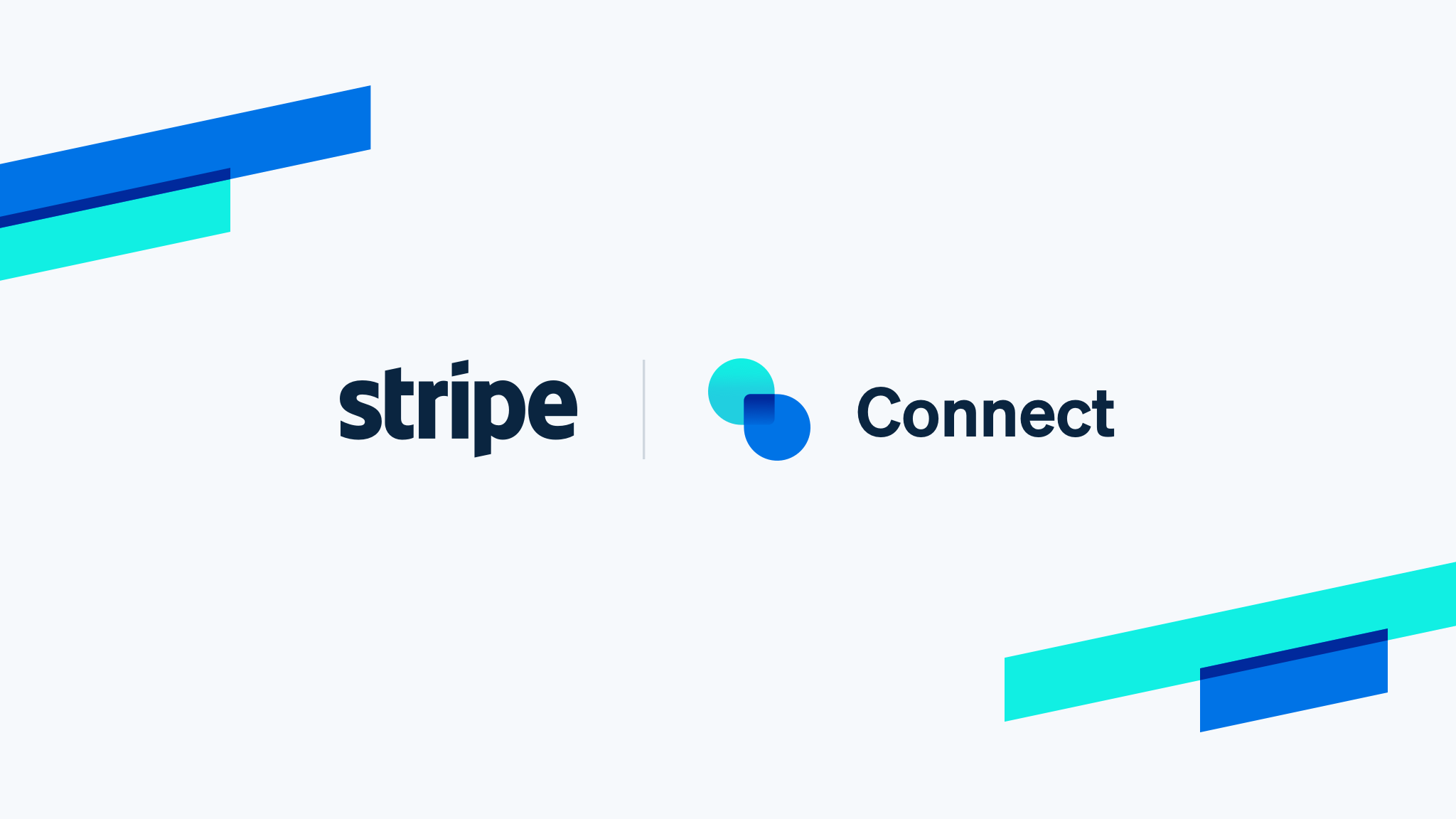ARTICLE
What is Customer Lifetime Value (CLV): Formula & Examples

Introduction to Customer Lifetime Value (CLV):
In the dynamic realm of commerce, businesses are constantly striving to understand the worth of their customers over time. Customer Lifetime Value (CLV) emerges as a beacon in this quest, illuminating the total revenue a customer is anticipated to generate during their entire association with the company. Embracing CLV empowers businesses to make strategic decisions, refine marketing tactics, and foster enduring customer relationships. This article aims to unravel the intricacies of the CLV formula, delve into its components, and provide illuminating examples to underscore its significance.
The Anatomy of the CLV Formula:
The CLV formula serves as the cornerstone for quantifying the long-term value each customer brings to the table. While various methodologies exist, a fundamental formula encapsulates the essence of CLV:

1. Average Purchase Value: This pivotal metric denotes the mean expenditure a customer incurs per transaction. Calculated by dividing the total revenue generated over a specified period by the total number of purchases made, it offers insights into customer spending habits.
2. Purchase Frequency: At the heart of customer engagement lies the frequency of purchases. This metric elucidates how often, on average, a customer patronizes the company within a given timeframe. It’s computed by dividing the total number of purchases by the total number of unique customers, unveiling patterns of customer loyalty and engagement.
3. Average Customer Lifespan: The duration of a customer’s relationship with the company holds paramount importance. Termed as the Average Customer Lifespan, it underscores the typical duration a customer remains actively engaged with the company. Understanding this metric aids in predicting customer churn and devising retention strategies to reduce churn.
4. Customer Churn Rate: Customer churn, or the attrition rate, signifies the percentage of customers who cease their association with the company over a specified period. Calculated by dividing the number of customers lost during a given timeframe by the total number of customers at the onset of that period, it sheds light on customer satisfaction and retention efforts.
Illuminating Examples:
Now, let’s explore hypothetical scenarios to illuminate the practical application of the CLV formula:
Company XYZ:
– Average Purchase Value: $50
– Purchase Frequency: 2 purchases per month
– Average Customer Lifespan: 24 months
– Customer Churn Rate: 10% annually
\[ CLV = \frac{(50 \times 2 \times 24)}{0.10} = $2,400 \]
In this fictitious landscape, Company XYZ’s CLV stands at $2,400. This implies that, on average, each customer is expected to contribute $2,400 in revenue throughout their tenure with the company, offering a glimpse into the company’s revenue potential and customer relationship dynamics.
Significance of CLV:
The ramifications of comprehending CLV reverberate across the business landscape, paving the path for strategic growth and sustained profitability:
1. Strategic Decision Making: Armed with insights from CLV, businesses can navigate the competitive terrain with precision, channeling resources toward high-value customers and optimizing marketing endeavors for enhanced ROI.
2. Customer Segmentation: CLV serves as a compass in the labyrinth of customer segmentation, enabling businesses to tailor their marketing efforts to specific cohorts, thereby bolstering engagement and fostering loyalty.
3. Predictive Analytics: By harnessing the predictive power of CLV, businesses can peer into the future, anticipating revenue streams, and aligning strategies for product development, pricing, and customer service initiatives.
4. Profit Maximization: At its core, CLV empowers businesses to fortify customer relationships, augment customer satisfaction, and propel profitability to unprecedented heights, laying the foundation for sustained growth and prosperity.
Conclusion:
In essence, Customer Lifetime Value transcends the realms of a mere metric, emerging as a guiding principle for businesses navigating the turbulent waters of commerce. Armed with the CLV formula and fortified by its insights, companies can chart a course toward enduring customer relationships, strategic growth, and unrivaled profitability. As businesses embrace the ethos of CLV and proactively address customer churn with















